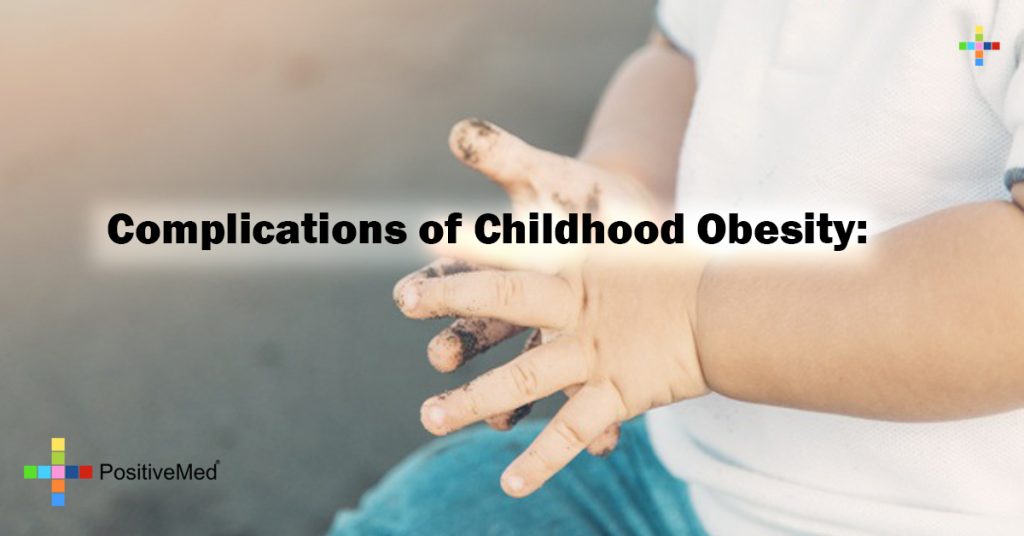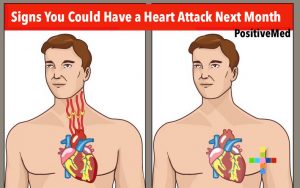
How much “baby fat” is OK? When does it cross over into unhealthy? This poster will give you some of the risks and facts in condensed form. I don’t believe children should be put on a “diet,” after all they are growing, but they need proper nutrition and exercise to grow up to be healthy and happy. Feed your child a healthy balance of nutritious foods, and encourage them to play, better yet, get outside and play with them.
The percentage of overweight and obese children is at an alarming rate: 21% of the boys and 18% of the girls in the United States are overweight. Among the states, California, Tennessee and Texas are the top three states with the highest childhood BMI rate. Check out this poster to find more about the complications of childhood obesity:
According to the Centers for Disease Control and Prevention, childhood obesity increases the risk of the following issues:
- Coronary heart disease
- Type 2 diabetes
- Cancers (endometrial, breast, and colon)
- Hypertension (high blood pressure)
- Dyslipidemia (for example, high total cholesterol or high levels of triglycerides)
- Stroke
- Liver and Gallbladder disease
- Sleep apnea and respiratory problems
- Osteoarthritis (a degeneration of cartilage and its underlying bone within a joint)
- Gynecological problems (abnormal menses, infertility)
*Overweight is defined as a body mass index (BMI) of 25 or higher; obesity is defined as a BMI of 30 or higher.








